
Every law carries a story, often filled with unexpected twists and dramatic turns. Some arise from public outrage, others from moments of quiet persistence or bold leadership. These tales reveal the challenges that shaped the U.S. and the creative, sometimes contentious, solutions that followed. Explore the fascinating events behind 20 laws that redefined history.
Civil Rights Act of 1964
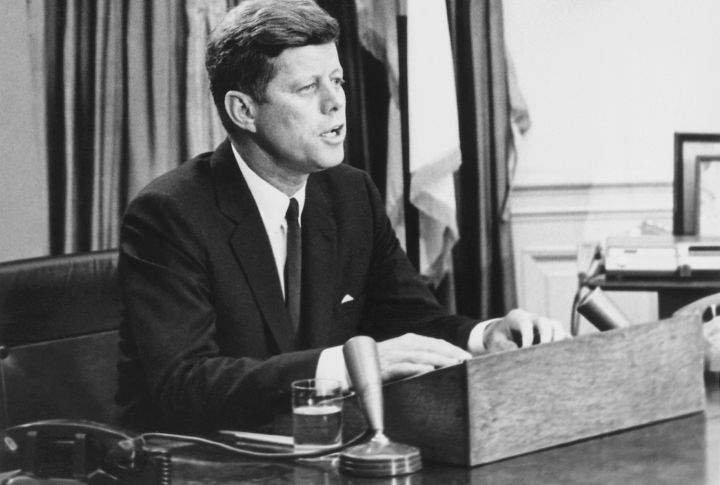
Public outcry following egregious acts of racial injustice, such as the Birmingham campaign and the assassination of civil rights leader Medgar Evers, fueled the push for this law. President John F. Kennedy initially proposed the legislation, but it gained momentum after his assassination, with Lyndon B. Johnson championing its passage.
Social Security Act of 1935
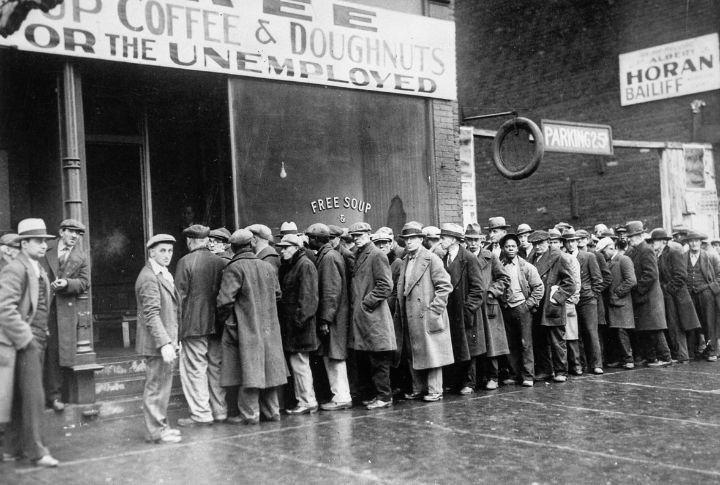
The Great Depression’s devastating economic impact left one-third of Americans in poverty, forcing policymakers to rethink the government’s role in social welfare. Franklin D. Roosevelt introduced the Social Security Act as part of the New Deal, creating a system of pensions for the elderly and unemployment benefits.
The Voting Rights Act of 1965
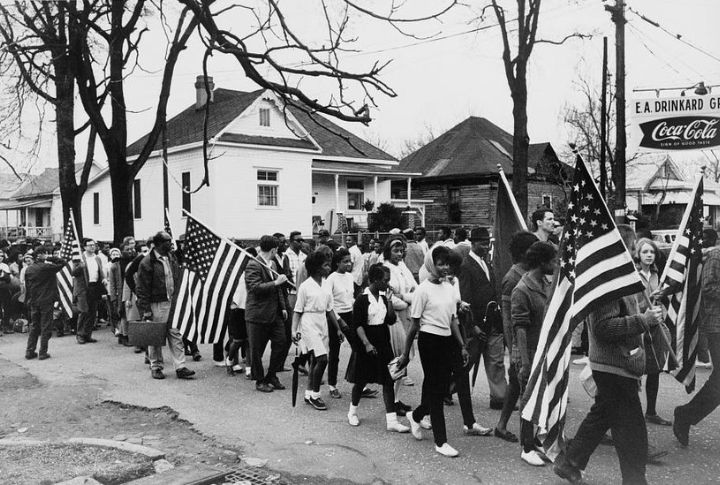
Brutal attacks on peaceful demonstrators during the Selma-to-Montgomery marches shocked the nation. The event highlighted the urgent need to eliminate racial barriers to voting. Signed by President Johnson, this law banned practices like literacy tests and granted federal oversight in areas with a history of voter suppression.
The Clean Air Act of 1970

The infamous smog of Los Angeles and the 1969 Cuyahoga River fire spotlighted the dire consequences of industrial pollution. Coupled with the first Earth Day in 1970, a growing environmental movement urged Congress to enact strict air quality standards. Hence, the Clean Air Act became the first federal legislation to address air pollution comprehensively.
The Americans With Disabilities Act of 1990
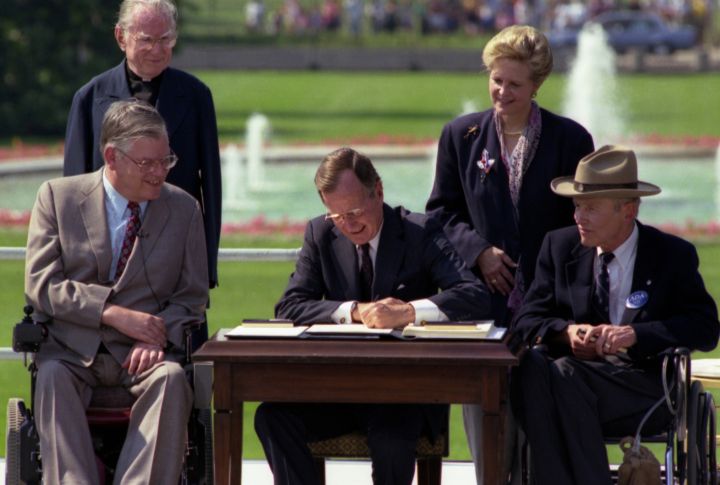
Disabled Americans, long marginalized and excluded from public life, organized grassroots movements to fight for equal rights. A pivotal moment came in 1988 with the Capitol Crawl, where activists highlighted accessibility barriers by crawling up the Capitol steps. The ADA marked progress by banning discrimination against disabled individuals.
The Homestead Act of 1862
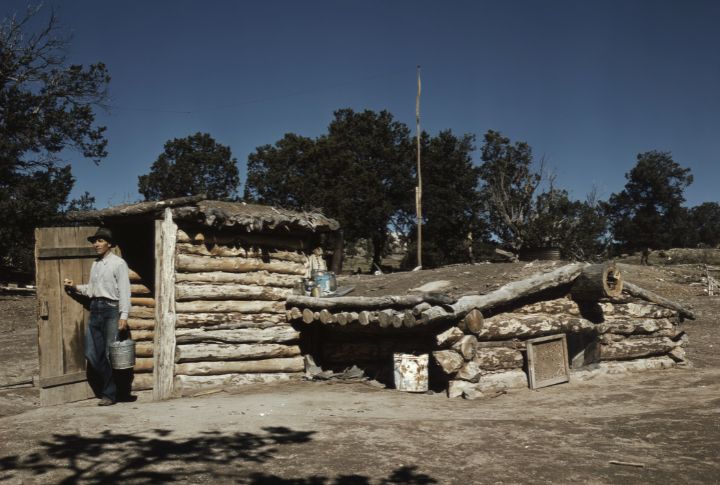
During the Civil War, Lincoln signed the Homestead Act to encourage settlers to move westward by offering 160 acres of free federal land. This act specifically aimed to attract small farmers rather than large landowners. The legislation was pivotal in shaping America’s frontier and expanding agricultural development across the Plains.
The Sherman Antitrust Act of 1890
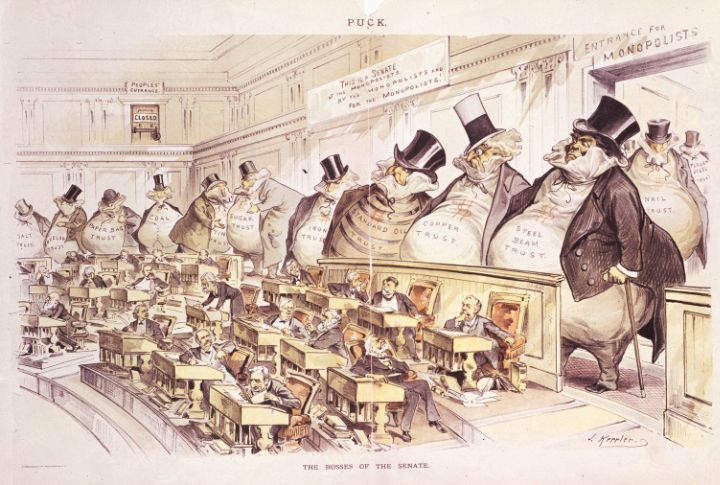
At the height of the Gilded Age, monopolies controlled industries like oil and railroads, stifling competition and exploiting workers. The public’s anger at corporate greed spurred Senator John Sherman to draft the first federal antitrust legislation. While initially weak in enforcement, this act marked the beginning of government intervention to restore fair competition.
The GI Bill of Rights (1944)

Returning WWII veterans faced a daunting future, with limited job prospects and housing shortages. To ease their transition, Congress passed the GI Bill, providing educational benefits and unemployment assistance. The bill not only transformed the lives of millions of veterans but also reshaped American society by fueling the economic boom.
The Fair Labor Standards Act of 1938

Child labor and exploitative working conditions in factories became a national scandal during the early 20th century. Advocates like Frances Perkins, the first female Cabinet member, championed this legislation, which established minimum wage and restrictions on child labor. It set the groundwork for modern employment laws.
The National Labor Relations Act of 1935
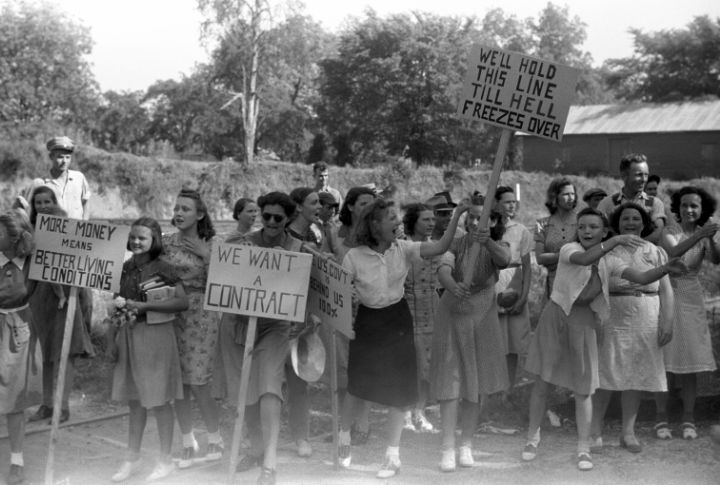
Labor strikes and violent clashes between workers and employers, such as the 1934 textile strikes, underscored the need for reform. This act, also known as the Wagner Act, protected the rights of working individuals to bargain collectively. It was a groundbreaking shift in labor relations, which strengthened unions to advocate for better wages.
The Indian Removal Act of 1830

President Andrew Jackson’s vision of expanding U.S. territories for white settlers led to one of the darkest chapters in American history. The Indian Removal Act authorized the forced relocation of Native American tribes, resulting in the Trail of Tears. Although the act faced opposition from figures like Davy Crockett, it was passed with significant support.
The Defense of Marriage Act (DOMA) 1996

DOMA arose in the midst of heated debates over same-gender marriage in the 1990s, particularly after Hawaii’s courts suggested the potential legalization of such unions. The law, defining marriage as between one man and one woman for federal purposes, reflected the era’s prevailing conservative values. It was eventually invalidated by the Supreme Court in 2013.
The Affordable Care Act (ACA) 2010
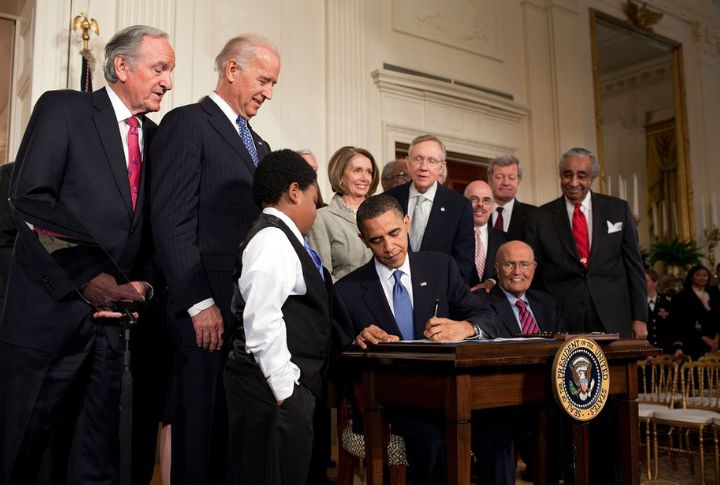
Rising healthcare costs and 46 million uninsured Americans prompted the Obama administration to pursue healthcare reform. It introduced measures to expand Medicaid, establish health insurance marketplaces, and protect people with preexisting conditions. Though it faced fierce opposition, the law fundamentally changed U.S. healthcare.
The Immigration and Nationality Act of 1965
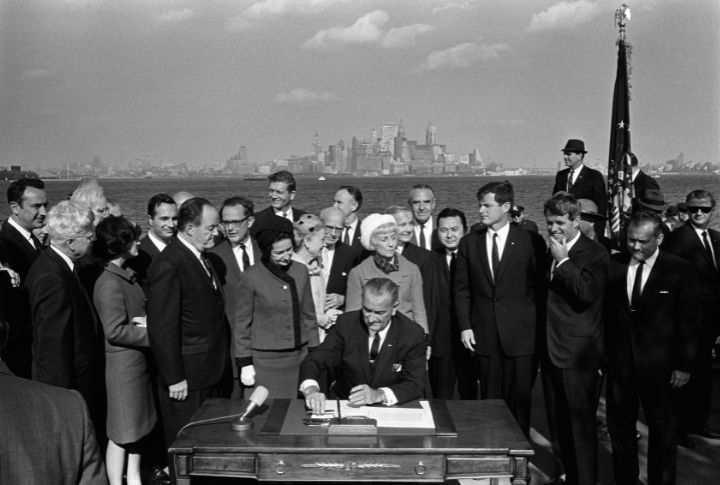
The old immigration quota system, rooted in racial bias, became increasingly untenable during the civil rights era. Replacing quotas with a preference system based on family ties and skills, this law dismantled decades of discriminatory immigration policies. It significantly reshaped America’s demographic composition in the decades that followed.
The Freedom of Information Act (FOIA) 1966

In the 1950s, Congressman John Moss fought against Cold War secrecy, demanding public access to government records. After 12 years, his persistence paid off. FOIA, signed in 1966, allowed citizens to request federal documents, marking a win for accountability. However, red tape often complicates the process, limiting its full effectiveness.
The Patriot Act 2001

The September 11 attacks fundamentally altered America’s approach to national security. Passed just weeks after the tragedy, the Patriot Act expanded surveillance powers, enabled greater information sharing among agencies, and introduced stricter anti-terrorism measures. Critics, however, have raised concerns about its impact on civil liberties.
The Pure Food and Drug Act (1906)

Public outrage exploded after Upton Sinclair’s “The Jungle” exposed filthy meatpacking horrors in 1906. Americans demanded change, and Congress delivered with the Pure Food and Drug Act. It banned contaminated food and false medicine labels, setting the foundation for modern food safety. Suddenly, dinner—and medicine—felt a whole lot safer.
The Civil Rights Act of 1875
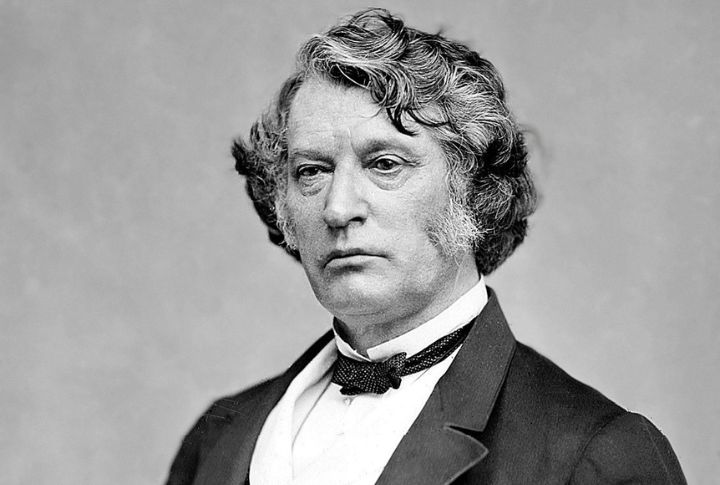
Inspired by Reconstruction ideals, this law aimed to ensure African Americans had equal access to public spaces and services. Championed by Senator Charles Sumner, it was a landmark attempt to fight discrimination. Sadly, enforcement faltered, and the Supreme Court struck it down in 1883—but it set the stage for future civil rights victories.
The Federal Reserve Act of 1913
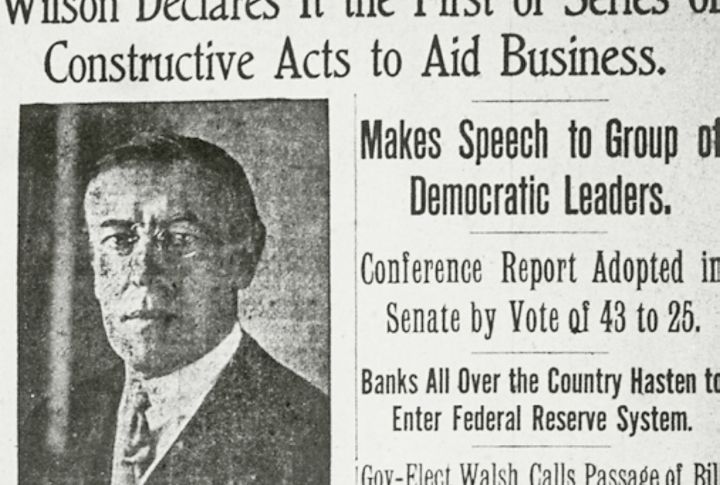
After decades of chaotic banking and frequent panics, Congress decided the U.S. needed a financial referee. The Federal Reserve Act created a central bank to stabilize the economy, regulate currency, and prevent crises. It wasn’t popular with everyone, but it finally brought some order to America’s wild financial system.
The Endangered Species Act of 1973

By the 1970s, bald eagles and other species were vanishing fast. Public concern soared, and Congress responded with the Endangered Species Act of 1973. It gave plants and animals federal protection and prioritized their habitats. Thanks to this act, species like the bald eagle made incredible comebacks, proving that conservation laws work.
